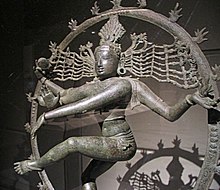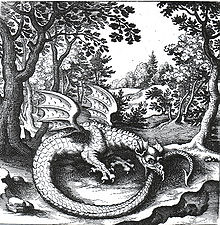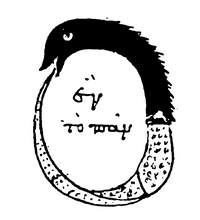Illuminati UnMasked: Snake swallowing tail (Oroboros)
Video within...
More obvious in Snake swallowing
human. This does show a connection
between the Jews and Freemasonry.
It is also the symbol on top of the head of Horus, who
is Lucifer, which would explain it's use by Luciferians,
Theosophical Society,
and Freemasons, along with the snake on the Pharaoh.
Compass
and Square "The BLAZING STAR IS PROPERLY SIX-POINTED... the sign of the
deity, and to make that more evident, in the middle of it is usually inscribed
the letter 'G', for God... In Co-Masonic lodges, the usual form... is a serpent
curled round with its tail in its mouth... This was the original form, but the
head of the serpent was altered so as to form the letter G." (Leadbeater, p. 79)
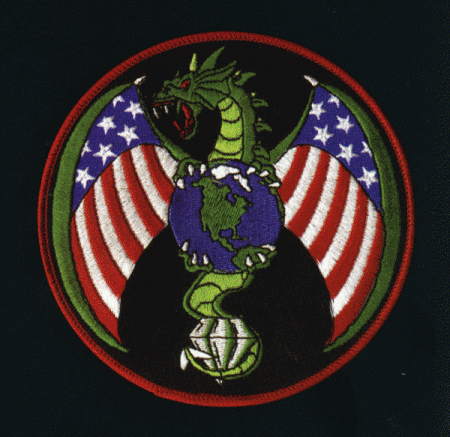
Similar to National Reconnaissance Office (NRO) logo.
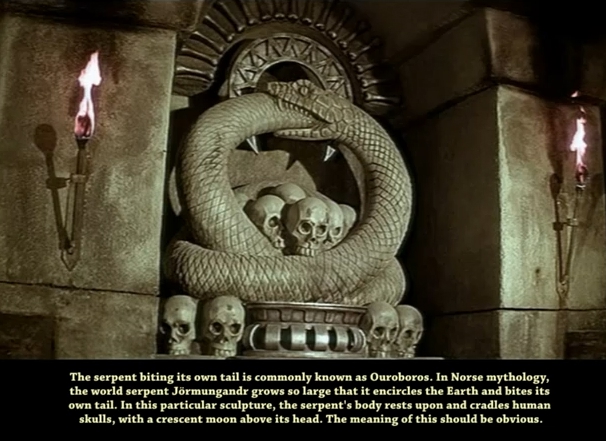
Conan the Barbarian
Aztec [Quetzalcoatl]
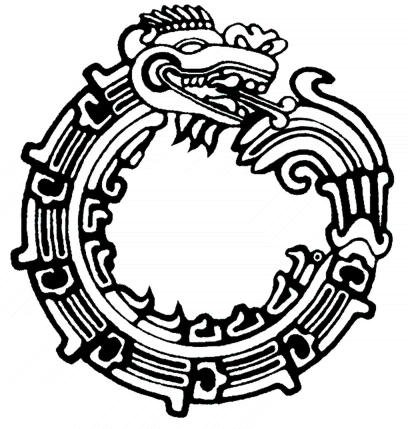
Quetzalcoatl biting his tail.
Egypt
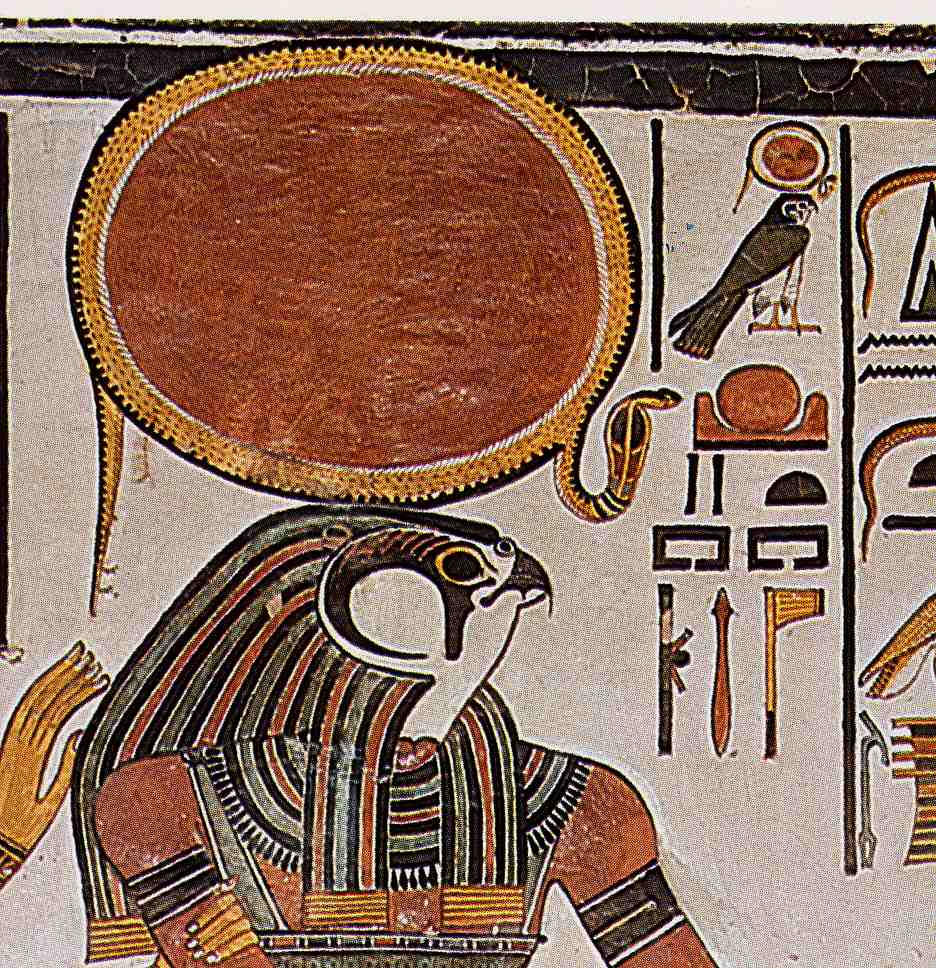
Horus
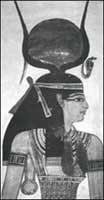
Isis
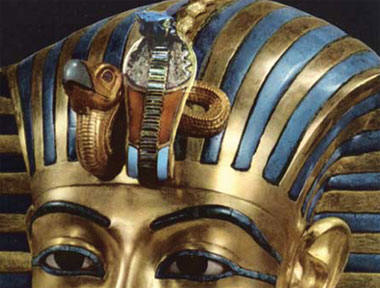
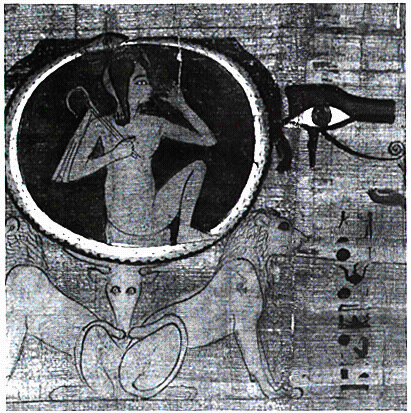
The Papyrus of Dama Heroub. Egypt, 21st Dynasty.
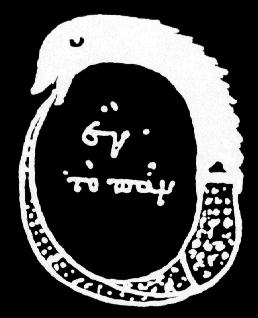
from the Chrysopoeia ('Gold Making') of Cleopatra
during the Alexandrian Period in Egypt.
The enclosed words mean 'The All is One.'
Freemasonry
"The BLAZING STAR IS PROPERLY SIX-POINTED... the sign of the deity, and to make that more evident, in the middle of it is usually inscribed the letter 'G', for God... In Co-Masonic lodges, the usual form... is a serpent curled round with its tail in its mouth... This was the original form, but the head of the serpent was altered so as to form the letter G." (Leadbeater, p. 79)
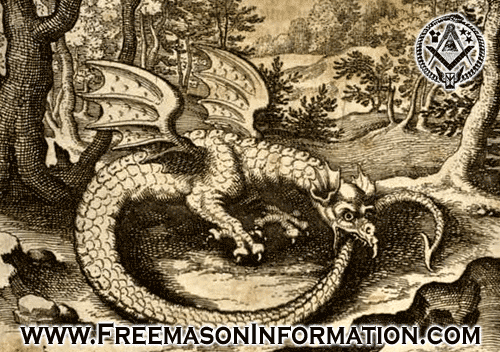
Engraving by Lucas Jennis, in alchemical tract titled De Lapide Philosophico.

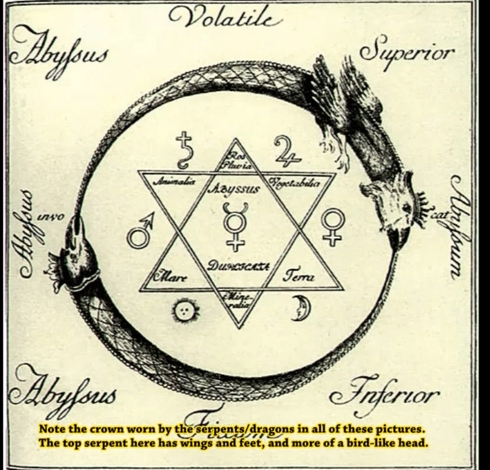
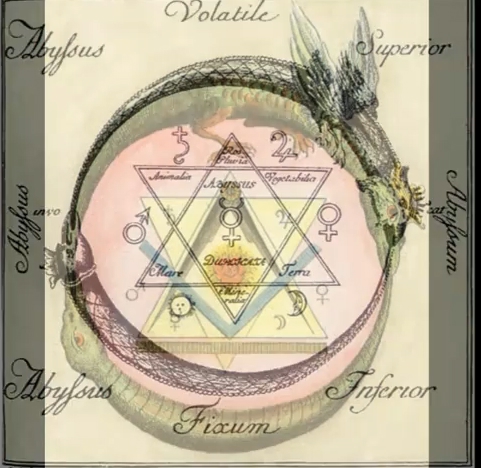
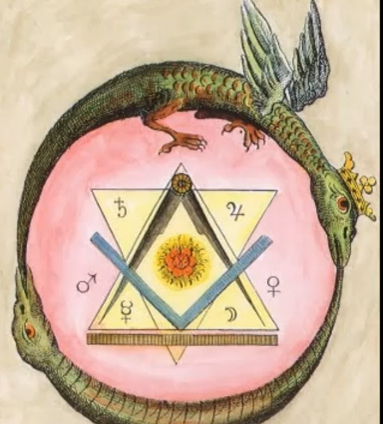
Conan the Barbarian
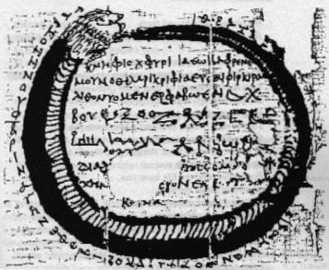
The world snake (ouroboros) in the form of an amulet in a Greek magical papyrus of the 3rd century A.D. The amulet, which is the name and seal "of the might of the great god," protects its owner "against demons, against spirits, against all illness and suffering." The inscription consists of magical words and signs (inter alia Yæo) and the formula: "Protect me, NN, body and soul from all injury."
Jewish [Judaism Jews and Freemasonry]
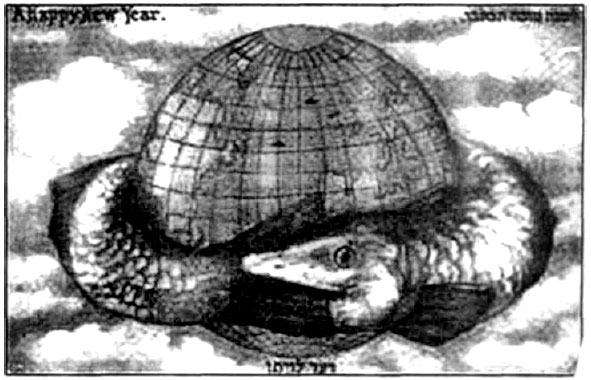
This is a Jewish New Year postcard, by artist Alain Roth in 1915. Amazingly revealing, the postcard image confirms the documentation found in the long controversial Protocols of the Learned Elders of Zion. In the protocols the Jewish Zionist conspiracy is described as a symbolic serpent encircling the world! As if to emphasize that this is the correct understanding, the writing in Hebrew at the bottom of this Jewish New Year postcard is the word "Leviathan." The identity of Leviathan is revealed in Isaiah 27 as the serpent, or Satan. Have a Happy New Year, indeed! (In Demonology, Leviathan is one of the seven princes of Hell and its gatekeeper) http://www.bibliotecapleyades.net/sociopolitica/codex_magica/codex_magica13.htm
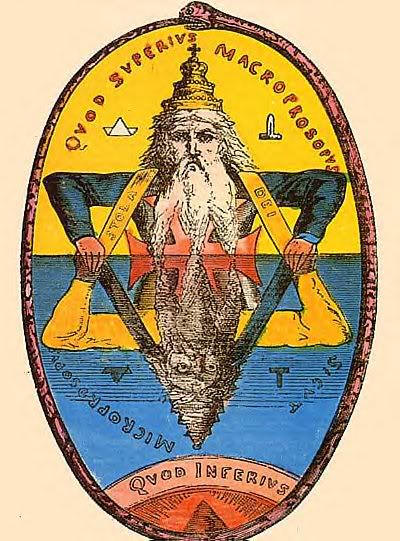
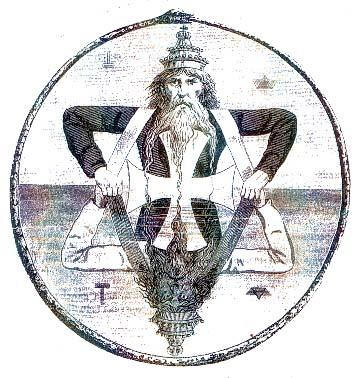
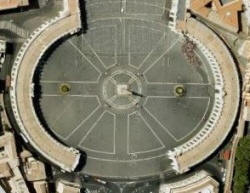
The New World Order conspirators are ready to make war with the Lamb of God from AD2009/AL6009 Unknown to many the world over, Ouroboros is merely known by the hierarchy of the universal order of Freemasonry as the god of light and as the god of reflections simply refer to their emblem titled the 28th degree Knight of the Sun (Jewish Star of David – King Solomon’s seal). Untold this ungodly Ouroboros symbol is secretly known from behind closed Jewish/Egyptian Masonic doors as being the Macroprosposos/Microprosposos
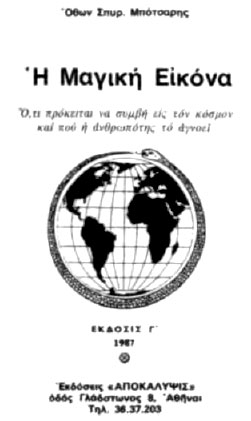
The title page of a book published in Greece exposing the global plot of the Zionist Masons of the Illuminati. The authors demonstrate their understanding by the symbolic use of the evil oroboros serpent encircling the whole world. http://www.bibliotecapleyades.net/sociopolitica/codex_magica/codex_magica13.htm
Theosophical Society [Theosophical Society]
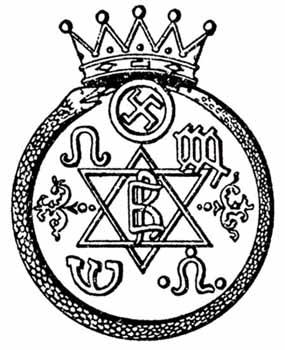
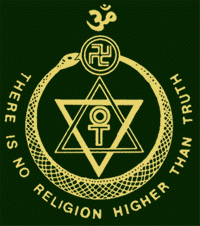
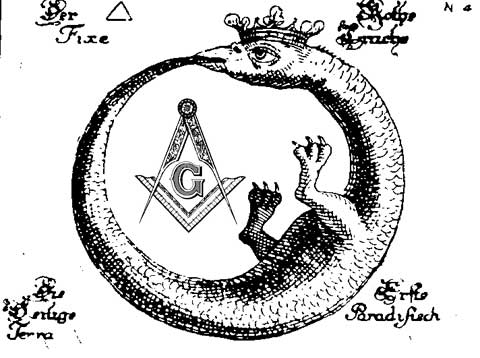
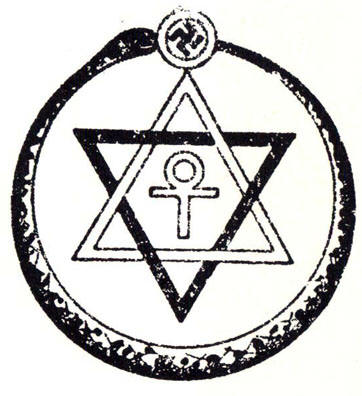
Hermetic Brotherhood of Luxor [Hermetic Brotherhood of Luxor]
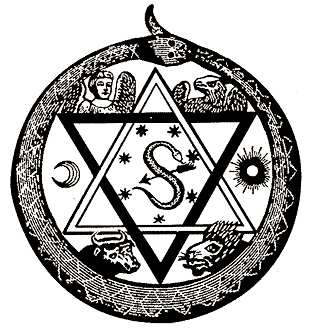
Hermetic Order of the Golden Dawn [Hermetic Order of the Golden Dawn]


Logos
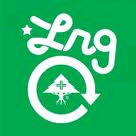
LRG clothing


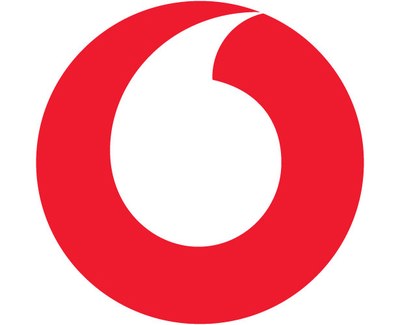
666 (3 O's) Vodafone

Air Canada
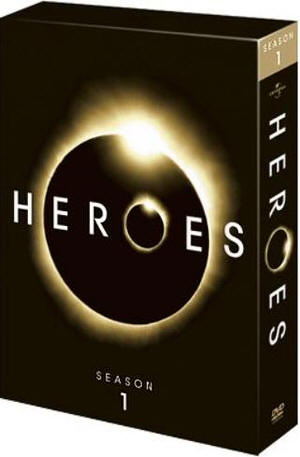
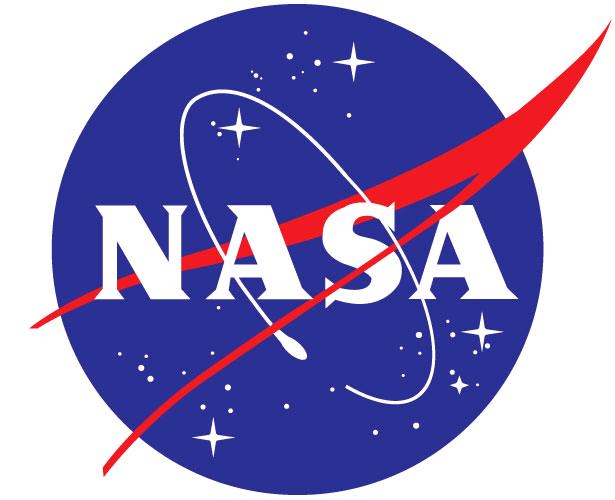
NASA

Fritz Springmeier, one of the world's top researchers into the global conspiracy, discovered the Illuminati symbol of a snake swallowing its own tail (the Oroboros) being used by Portland, Oregon's public library system as the logo placed by the library on its books. (Newsletter Front A Christian Ministry, October 15, 1993) http://www.bibliotecapleyades.net/sociopolitica/codex_magica/codex_magica13.htm
Music
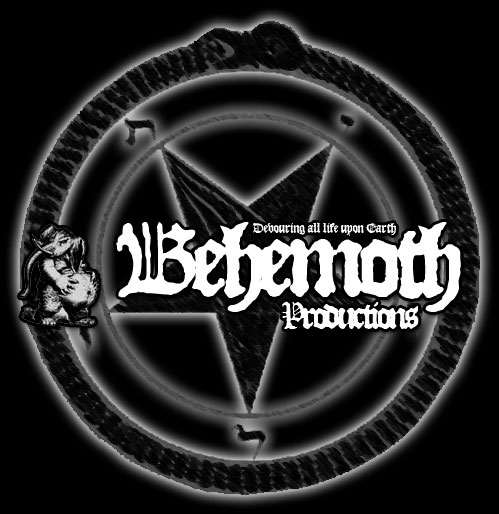
Behemoth
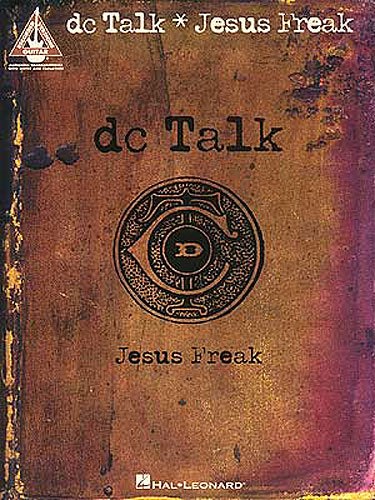
DC Talk
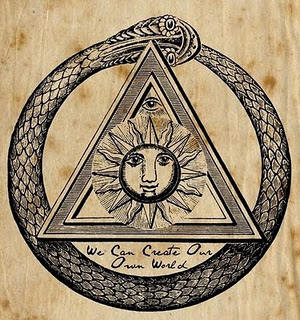
Deadhorse
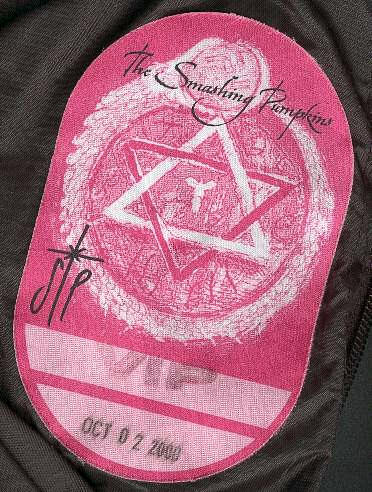
Smashing pumpkins
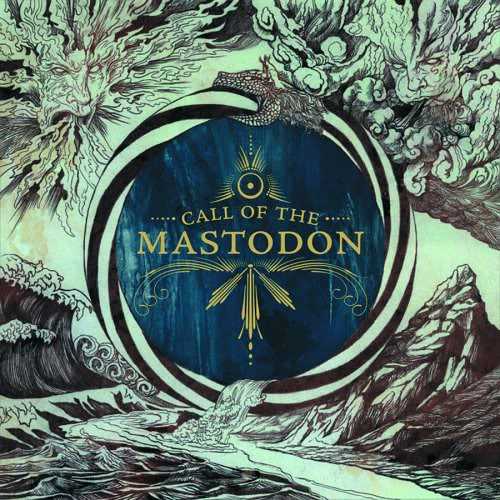
Mastodon
Films, TV
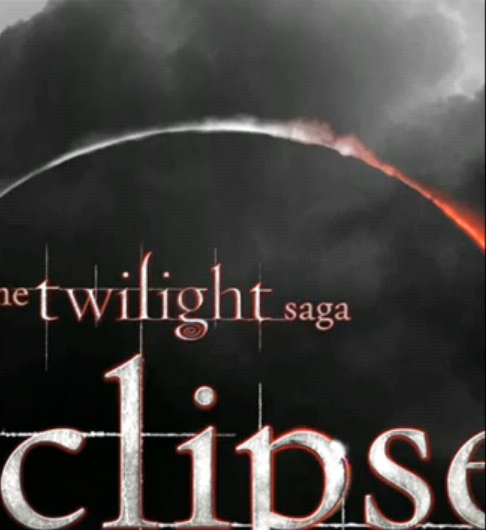
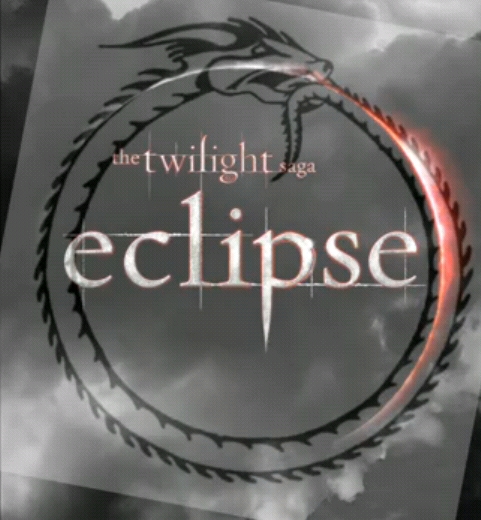
Twilight Subliminal Influencing http://youtu.be/6D3lTYnArW4
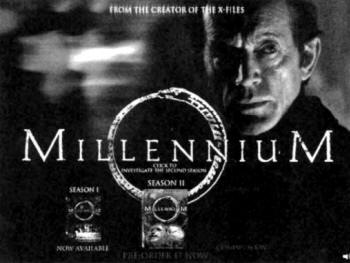
Fox-TV Ad for Millenium seires
Books
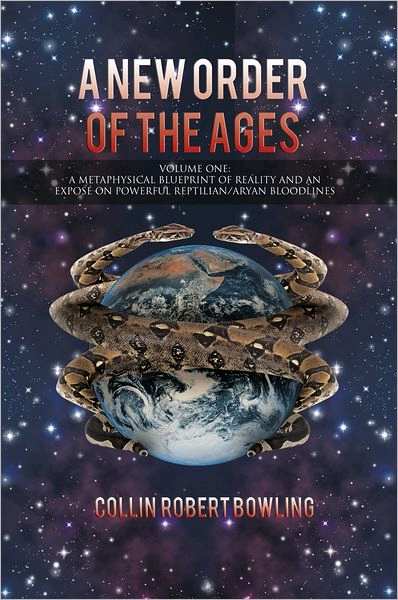
There is also another version of the Baphomet Sigil created by John D. Allee which depicts a serpent devouring its tail around the pentagram. This is symbolic of the Ouroboros, which originates with the Ophites. The Ouroboros myth is that of the serpent devouring its tail while its body expands representing simultaneous creation/destruction - many Satanists identify with Satan as a force which both creates and destroys simultaneously and hence some, especially theistic, Satanists identify with the concept. http://noctuliusworks.satanicwebsites.com/custom.html
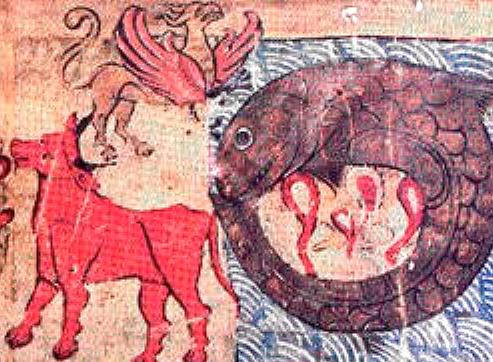
Leviathan the sea-monster, with Behemoth the land-monster and Ziz the air-monster. "And on that day were two monsters parted, a female monster named Leviathan, to dwell in the abysses of the ocean over the fountains of the waters. But the male is named Behemoth, who occupied with his breast a waste wilderness named Duidain." (1 Enoch 60:7-8)
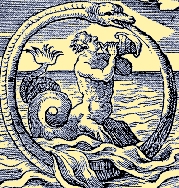
Oceanic Ouroboros from Alciato's Emblems (Neptune or Poseidon)
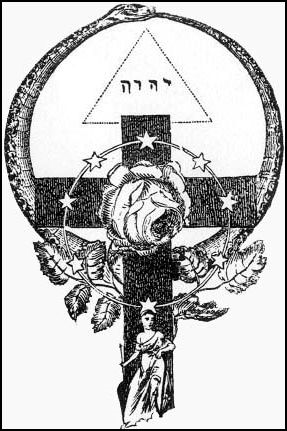
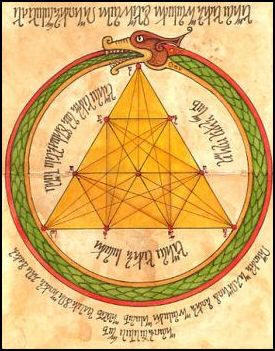
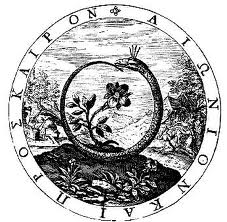
Ouroborous In Eden "And know that from the beginning of his creation, the serpent served an important and necessary purpose for the harmony of Creation, so long as he remained in his place. He was a great servant, created to bear the yoke of mastery and service, and his head reached to the heights of the earth, and his tail reached into the depths of Hell. For he had a suitable place in all the worlds, and constituted something extremely important for the harmony of all levels, each in its place. And that is the secret of the heavenly serpent, known from Sefer Yetsirah, who sets all the spheres of Heaven into motion and makes them orbit from east to west and from north to south. And without him, no creature in the entire sub-lunar world would have life, and there would be no sowing and no growth, and no inducement for the procreation of all creatures."
- Joseph Gikatilla, Sod ha-Nahash u-Mishpato (The Mystery of the Serpent and its Sentence)
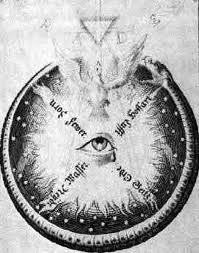
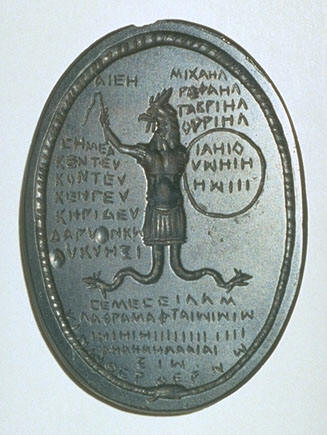
13. Kelsey Museum 26054 Purchased in Egypt Green jasper Obv.: Ouroboros enclosing cock-headed, snake-legged god, with a military tunic, kilt, shield, and whip.
Inscrip.: (on shield) iaêio uôêiê êôiii; (above shield) Michaêl Rephaêl Gabriêl Ouriêl; (over whip) aieê; (below whip) sêmea kenteu konteu kengeu kêrideu darunkô lukuêxi; (under the snake legs) semeseilam lathramaphta iô iô iô iê iê iê iiiiiiiiiiii aêaêaê aaaiai eiô; (lower margin) psinôtherthernô. http://www.lib.umich.edu/traditions-magic-late-antiquity/def1.display.html
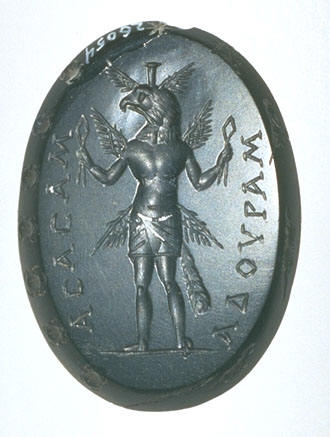
Rev.: Eagle-headed god wearing only an apron, calathus on head, six wings, bird tail. In its hands, Egyptian sa amulets. Inscrip.: asasam adouram. Bevel: Seven scarab beetles, a star, a cynocephalus, a crocodile, and several obscure figures. Note especially the international character of this gem -- the images are mostly Egyptian, the letters Greek, the god's dress is Roman, the angelic names (Michael, etc.) are Jewish, and some of the voces magicae (e.g. "semeseilam," which probably means "Eternal Sun") are of a Semitic, non-Jewish, origin. Note also the fine execution of every detail -- this gem took much time to produce, and must have cost accordingly. Bibl.: C. Bonner, Studies, no. 172. http://www.lib.umich.edu/traditions-magic-late-antiquity/def1.display.html
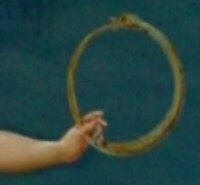
From an image at the Vatican, a goddess signals with her left hand while holding the companion symbol, the ouroboros.
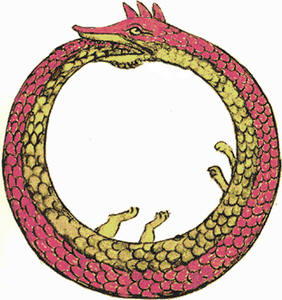
Drawing by Theodoros Pelecanos, in alchemical tract titled Synosius (1478).
Luciferian:
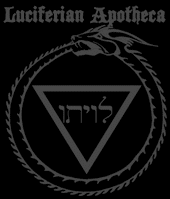
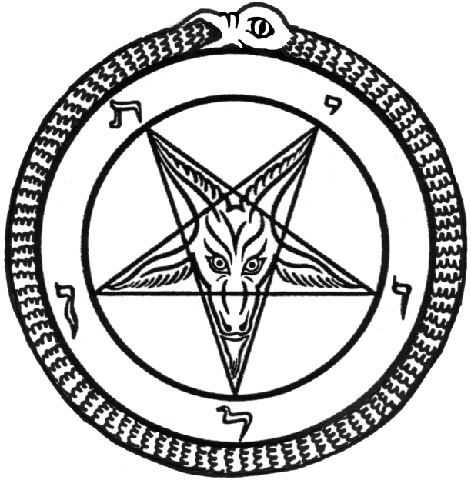
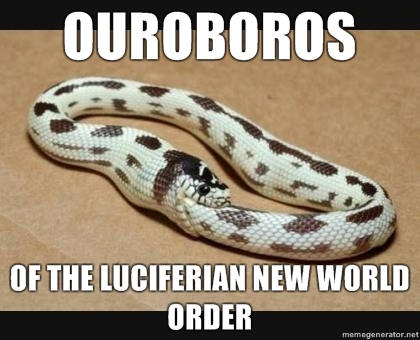
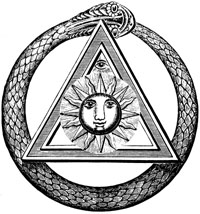
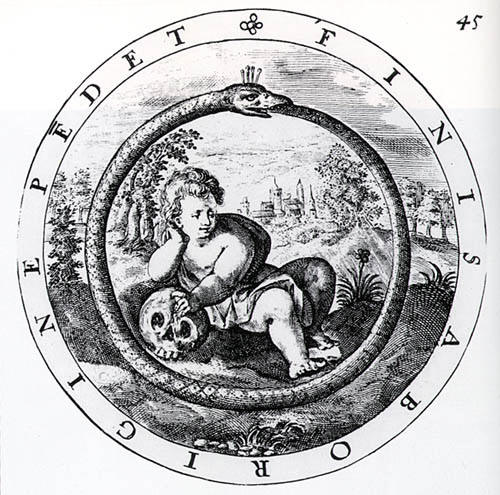
George Withers Emblem Ouroboros
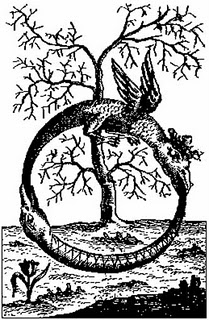

in a wall of the castle of Ptuj
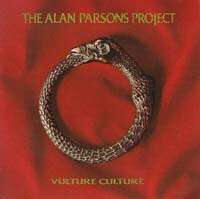
Parsons, Alan
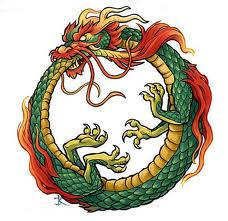
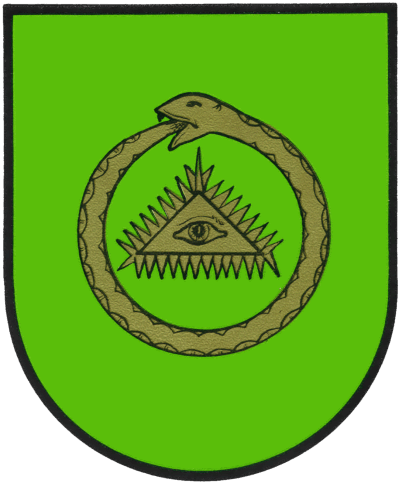
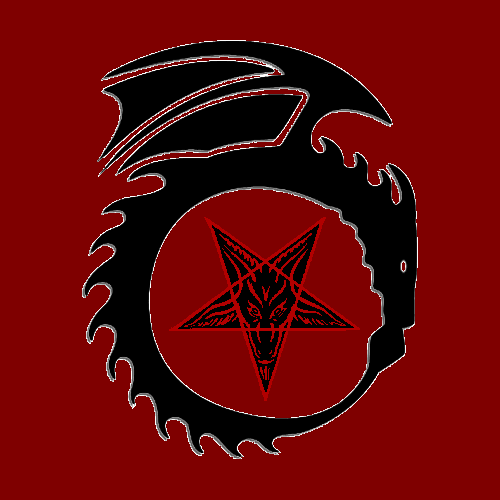
The ouroboros or uroboros (/ˌjʊərəˈbɒrəs, ˌjʊəroʊ-/,[3] from the Greek οὐροβόρος ὄφις tail-devouring snake) is an ancient symbol depicting a serpent or dragon eating its own tail.
The ouroboros often symbolizes self-reflexivity or cyclicality,[4] especially in the sense of something constantly re-creating itself, the eternal return, and other things such as the phoenix which operate in cycles that begin anew as soon as they end. It can also represent the idea of primordial unity related to something existing in or persisting from the beginning with such force or qualities it cannot be extinguished. While first emerging in Ancient Egypt and India,[5] the ouroboros has been important in religious and mythological symbolism, but has also been frequently used in alchemical illustrations, where it symbolizes the circular nature of the alchemist's opus. It is also often associated with Gnosticism, Hermeticism and Hinduism.
Carl Jung interpreted the ouroboros as having an archetypal significance to the human psyche.[6] The Jungian psychologist Erich Neumann writes of it as a representation of the pre-ego "dawn state", depicting the undifferentiated infancy experience of both mankind and the individual child.
The first known appearance of the ouroboros motif is in the Enigmatic Book of the Netherworld, an ancient Egyptian funerary text in KV62, the tomb of Tutankhamun, in the 14th century BC. The text concerns the actions of the god Ra and his union with Osiris in the underworld. In an illustration from this text, two serpents, holding their tails in their mouths, coil around the head and feet of an enormous god, who may represent the unified Ra-Osiris. Both serpents are manifestations of the deity Mehen, who in other funerary texts protects Ra in his underworld journey. The whole divine figure represents the beginning and the end of time.[8]
The ouroboros appears elsewhere in Egyptian sources, where, like many Egyptian serpent deities, it represents the formless disorder that surrounds the orderly world and is involved in that world's periodic renewal.[9] The symbol persisted in Egypt into Roman times, when it frequently appeared on magical talismans, sometimes in combination with other magical emblems.[10] The 4th-century AD Latin commentator Servius was aware of the Egyptian use of the symbol, noting that the image of a snake biting its tail represents the cyclical nature of the year.[11]
India
The psychotherapist Carl Jung explored the Hindu symbolism of the ouroboros: "Shakti is represented as a snake wound three and a half times round the lingam, which is Shiva in the form of a phallus."[12] Jung interprets the representation as meaning "the possibility of manifestation in space... Creation therefore begins with an act of division of the opposites that are united in the deity. From their splitting arises, in a gigantic explosion of energy, the multiplicity of the world."[12]
Wolf-Dieter Storl argues that "When Shakti is united with Shiva, she is a radiant, gentle goddess; but when she is separated from him, she turns into a terrible, destructive fury. She is the endless Ouroboros, the dragon biting its own tail, symbolizing the cycle of samsara."[13]
In ancient Indian texts Jyotiḥśāstra (Hindu astrology) pertaining to astronomy and astrology, Ahirbudhnya, the deity of the star Uttarabhadrapada (α-Andromedae), is also described to be a giant serpent guarding the treasures of the earth in the darkest depths of the oceans, and analogous to Ouroboros.[14] Commentaries by scholars who have studied these texts describe the deity as being closely related to Shiva - "The deity is Ahir Budhnya, the Serpent of the Deep Sea, and part of Lord Shiva's army which reflects the warrior nature of this lunar mansion." [15]
Greece
Plato described the ouroboros as the first living thing; a self-eating, circular being—the universe as an immortal, mythologically constructed entity.The living being had no need of eyes because there was nothing outside of him to be seen; nor of ears because there was nothing to be heard; and there was no surrounding atmosphere to be breathed; nor would there have been any use of organs by the help of which he might receive his food or get rid of what he had already digested, since there was nothing which went from him or came into him: for there was nothing beside him. Of design he created thus; his own waste providing his own food, and all that he did or suffered taking place in and by himself. For the Creator conceived that a being which was self-sufficient would be far more excellent than one which lacked anything; and, as he had no need to take anything or defend himself against any one, the Creator did not think it necessary to bestow upon him hands: nor had he any need of feet, nor of the whole apparatus of walking; but the movement suited to his spherical form which was designed by him, being of all the seven that which is most appropriate to mind and intelligence; and he was made to move in the same manner and on the same spot, within his own limits revolving in a circle. All the other six motions were taken away from him, and he was made not to partake of their deviations. And as this circular movement required no feet, the universe was created without legs and without feet.[16][17]In Gnosticism, a serpent biting its tail symbolized eternity and the soul of the world. The Gnostic text Pistis Sophia describes the disc of the sun as a 12-part dragon with his tail in his mouth.[18]
Norse legend
Engraving by Lucas Jennis, in alchemical tract titled De Lapide Philosophico.
Alchemy
Early alchemical ouroboros illustration. From the work of Cleopatra the Alchemist (Greco-Roman Egypt).
The alchemists, who in their own way knew more about the nature of the individuation process than we moderns do, expressed this paradox through the symbol of the Ouroboros, the snake that eats its own tail. The Ouroboros has been said to have a meaning of infinity or wholeness. In the age-old image of the Ouroboros lies the thought of devouring oneself and turning oneself into a circulatory process, for it was clear to the more astute alchemists that the prima materia of the art was man himself. The Ouroboros is a dramatic symbol for the integration and assimilation of the opposite, i.e. of the shadow. This 'feed-back' process is at the same time a symbol of immortality, since it is said of the Ouroboros that he slays himself and brings himself to life, fertilizes himself and gives birth to himself. He symbolizes the One, who proceeds from the clash of opposites, and he therefore constitutes the secret of the prima materia which [...] unquestionably stems from man's unconscious.The famous ouroboros drawing from the early alchemical text The Chrysopoeia of Cleopatra dating to 2nd century Alexandria encloses the words hen to pan, "one is the all". Its black and white halves represent the Gnostic duality of existence. As such, the Ouroboros could be interpreted as the Western equivalent of the Taoist Yin-Yang symbol.
The Chrysopoeia Ouroboros of Cleopatra the Alchemist is one of the oldest images of the ouroboros to be linked with the legendary opus of the Alchemists, the Philosopher’s Stone.
As a symbol of the eternal unity of all things, the cycle of birth and death from which the alchemist sought release and liberation, it was familiar to the alchemist/physician Sir Thomas Browne. In his A Letter to a Friend, a medical treatise full of case-histories and witty speculations upon the human condition, he wrote of it:
[...] that the first day should make the last, that the Tail of the Snake should return into its Mouth precisely at that time, and they should wind up upon the day of their Nativity, is indeed a remarkable Coincidence,
Chemistry
Kekulé's proposal for the structure of benzene (1872)
I was sitting, writing at my text-book; but the work did not progress; my thoughts were elsewhere. I turned my chair to the fire and dozed. Again the atoms were gamboling before my eyes. This time the smaller groups kept modestly in the background. My mental eye, rendered more acute by the repeated visions of the kind, could now distinguish larger structures of manifold conformation: long rows, sometimes more closely fitted together; all twining and twisting in snake-like motion. But look! What was that? One of the snakes had seized hold of its own tail, and the form whirled mockingly before my eyes. As if by a flash of lightning I awoke; and this time also I spent the rest of the night in working out the consequences of the hypothesis.
Kundalini Yoga
Ouroboros symbolism has been used to describe Kundalini energy. According to the second century Yoga Kundalini Upanishad, "The divine power, Kundalini, shines like the stem of a young lotus; like a snake, coiled round upon herself she holds her tail in her mouth and lies resting half asleep as the base of the body" (1.82). Another interpretation is that Kundalini equates to the entwined serpents of the caduceus of the Greek god Hermes, the entwined serpents representing divine balance in the west or, esoterically, DNA.South American lowlands
Seal of the Theosophical Society - Door decoration at Kazinczy Street 55, Budapest (Hungary).
Related:
http://tradcatknight.blogspot.com/2016/01/illuminati-unmasked-peace-sign.html
http://tradcatknight.blogspot.com/2016/03/illuminati-unmasked-eternal-flame-videos.html
http://tradcatknight.blogspot.com/2016/01/illuminati-unmasked-compass-and-square.html
http://tradcatknight.blogspot.com/2016/03/video-of-day-illuminati-unmasked.html

